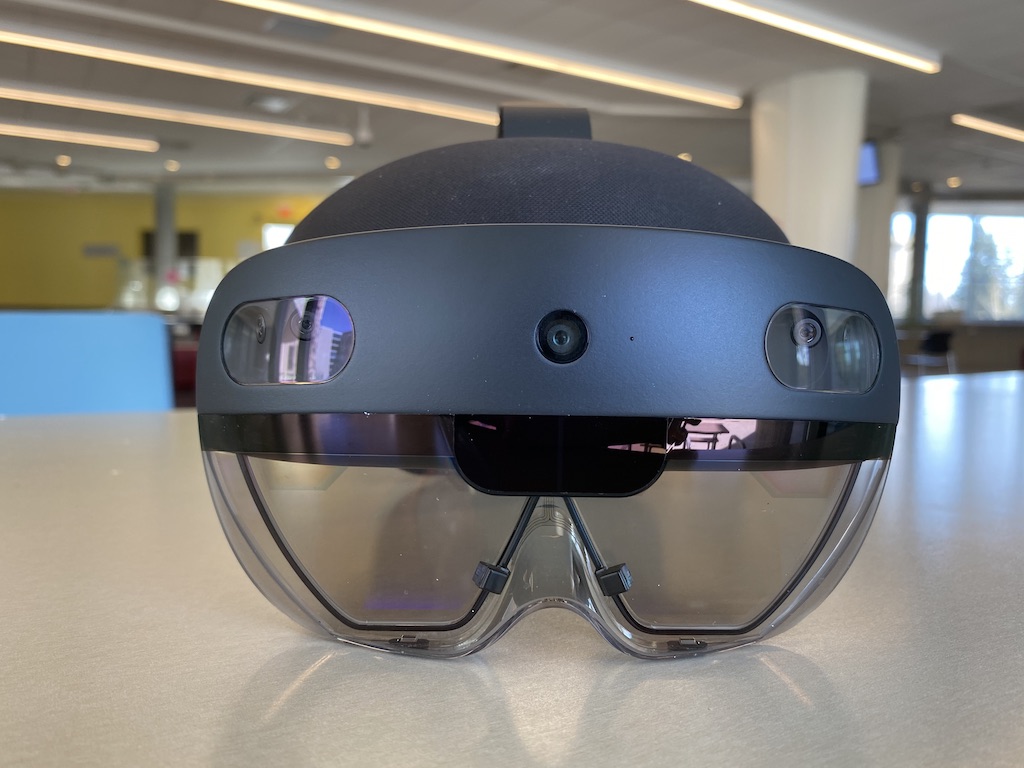Project Category: Software
Join our presentation
Meet our team members
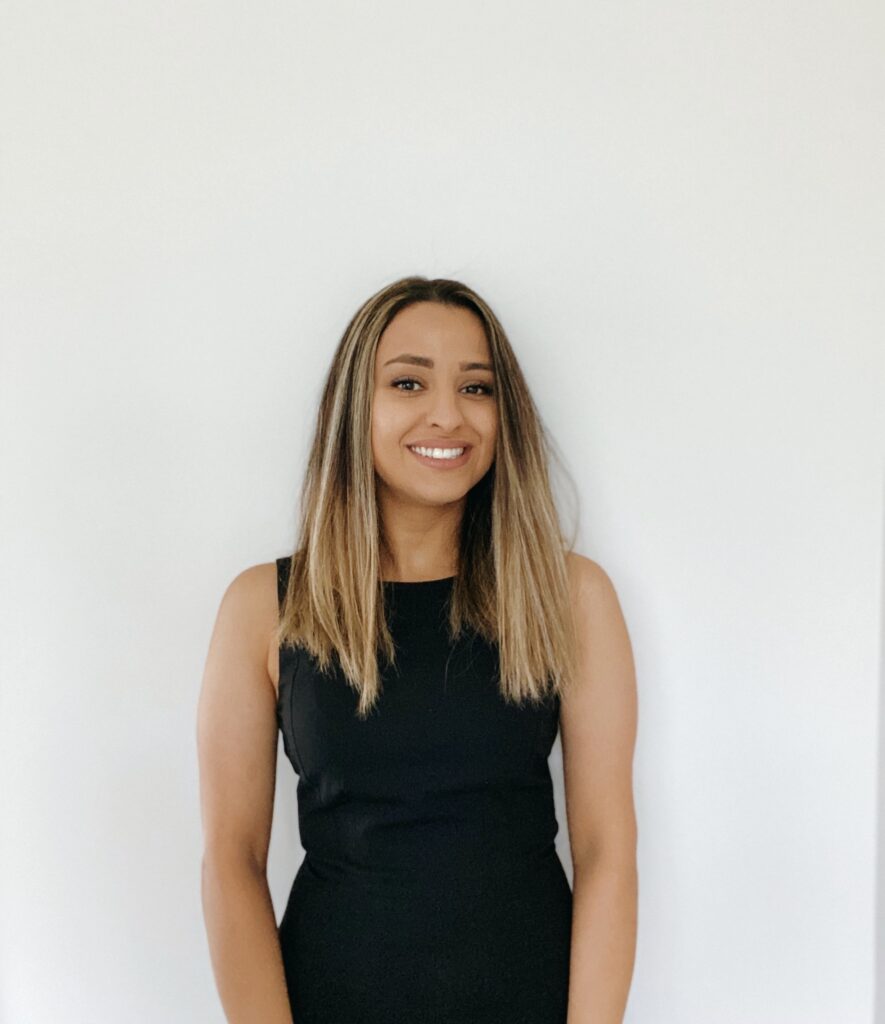
Sara Salehi-Banadaki https://www.linkedin.com/in/sarasalehi73/ 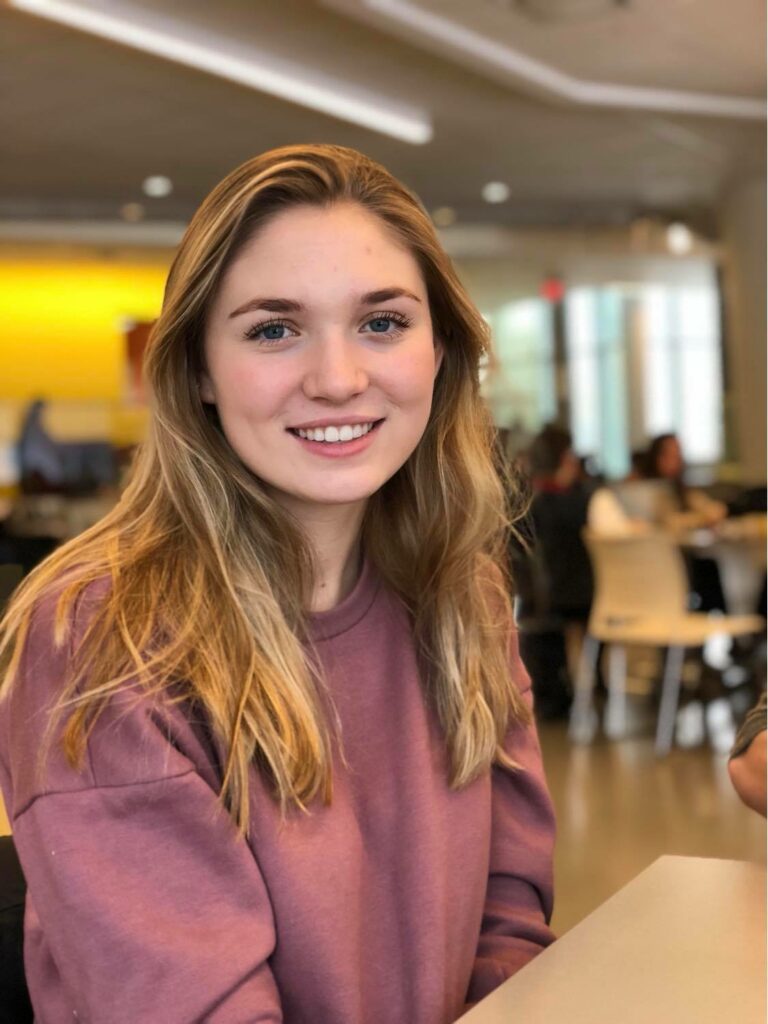
Arianna Berger 
Christine Xi 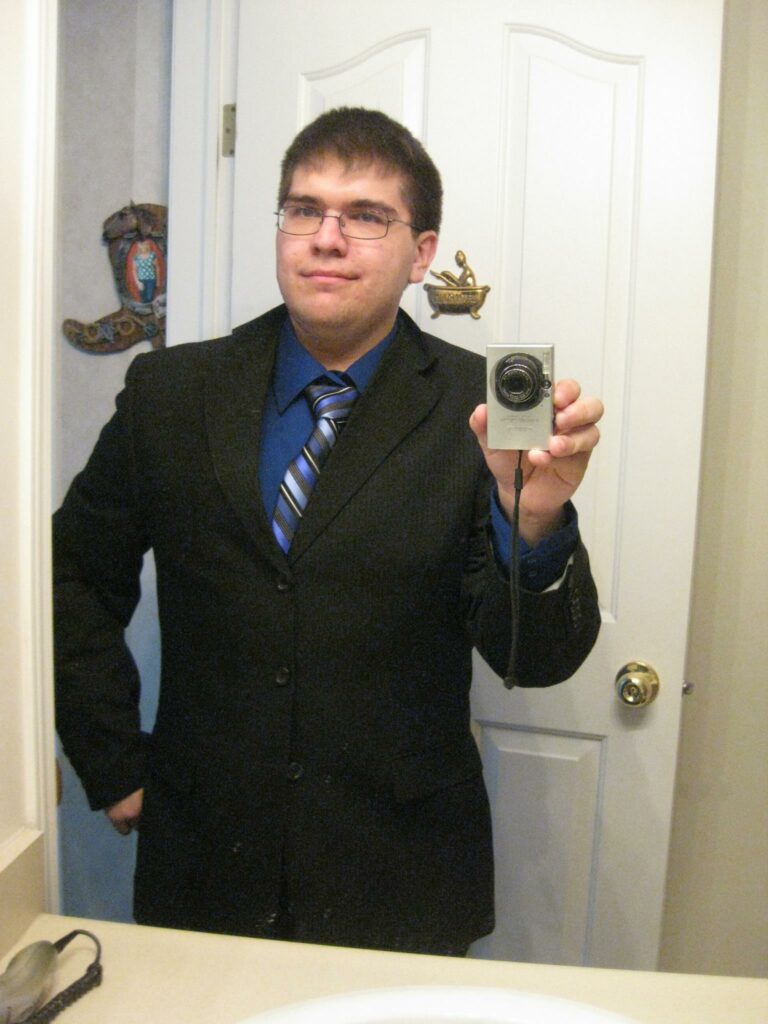
Fidel Ingenpahs
https://www.linkedin.com/in/fidel-ingenpahs-4a373980/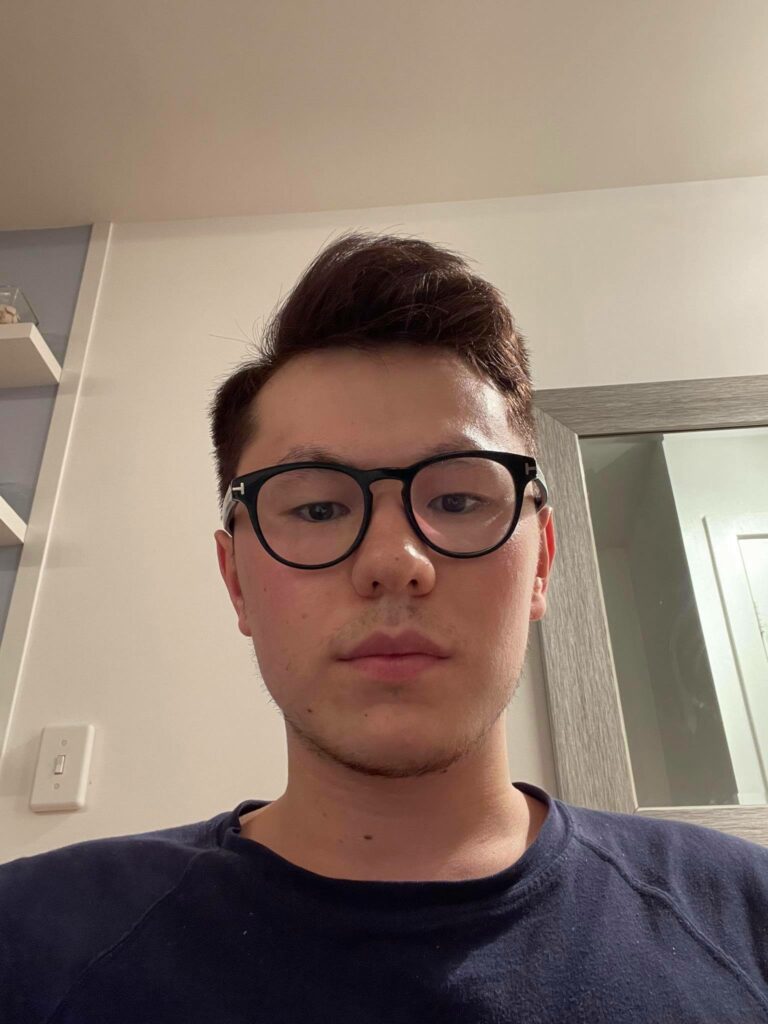
Farkhat Salamatov 
About our project
Our project involved developing an application for the HoloLens 2 that displays a 1:1 imitation of a client given 3D CAD file in augmented reality. The imitation displayed has documents appended to it which relate to different components of the imitation. The user is able to interact with the imitation by clicking on different components and viewing the related documentation for that component. Lastly, the entire imitation can be moved within augmented reality by the user to reposition the layout. This project could help companies reduce time spent searching through long lists of digital documentation, as the user can simply visualize it in front of them.
Details about our design
HOW OUR DESIGN ADDRESSES PRACTICAL ISSUES
Going through large lists of digital documents to find content related to pipes, pumps, and other objects can be tedious and time consuming. Our project addresses this issue by appending documents to a virtual 3D imitation of the item the documents are related to. This allows the user to visually recognize the particular item they are searching for. In addition, virtually overlaying a 1:1 scale imitation over the real object lets the user easily differentiate components and sections of the model as they highlight upon interaction.
WHAT MAKES OUR DESIGN INNOVATIVE
Our design is innovative as the Microsoft HoloLens 2 and other Augmented Reality technology is relatively new. There are not many HoloLens 2 applications currently available in the workplace that assist with visual documentation display and organization. Additionally, within our design we added features beyond our original project scope to enhance the user’s experience. These features included components turning colour when hovered over to inform the user an interaction was occurring, scaling menu and document sizes for easy viewing, and having menus and documents follow the user after moving away. We also programmed a reference node that is capable of moving the entire imitation to the user’s desired location.
WHAT MAKES OUR DESIGN SOLUTION EFFECTIVE
Our design solution is effective because we addressed all of the sponsor’s requests. The design solution successfully displays a 1:1 virtual imitation. Components of the virtual imitation each display a menu when selected that contain documents related to that component. The user is also able to move the entire virtual imitation’s location using a reference node. Additionally, we added extra features to assist with user interaction and improve overall display.
HOW WE VALIDATED OUR DESIGN SOLUTION
We validated our design solution in a number of ways. The first way we validated our solution was through our sponsor’s approval. Our sponsor helped us determine a project scope and deliverables at the beginning of our project that we ensured were achieved to validate our design. In addition, we also consulted our sponsor, TA, and academic advisor frequently to obtain suggestions and advice that we implemented into our project to deliver the best results. Any deviations from our original scope were discussed with our sponsor to ensure the final design achieved what was expected. The second way we validated our design was through testing. We frequently tested our design at different stages to validate our progress at each step. Most testing was conducted using game view within Unity, but final validations came from testing our application on the Hololens.
FEASIBILITY OF OUR DESIGN SOLUTION
As the idea behind our project has never really been done before, our design was mostly a proof of concept. As we proved the concept by achieving our project scope, we would consider our design to be feasible. With the help of our user manual that details step by step how our program was built, the sponsor can easily use our proof of concept on other virtual imitations should they desire. Additionally, the feasibility of our project could be further improved by reducing some lag issues, and optimizing the program to enhance user experience.
Partners and Mentors
We would like to thank the many people who helped us with this project. Our electrical and software engineering academic advisor professor Dr. Yaoping Hu , who guided us through the process with patience and great advice as well as our amazing TA, Manuel Lopez. And, our amazing industry sponsor Mr. Colin Forsyth from Syncrude.

Our photo gallery
